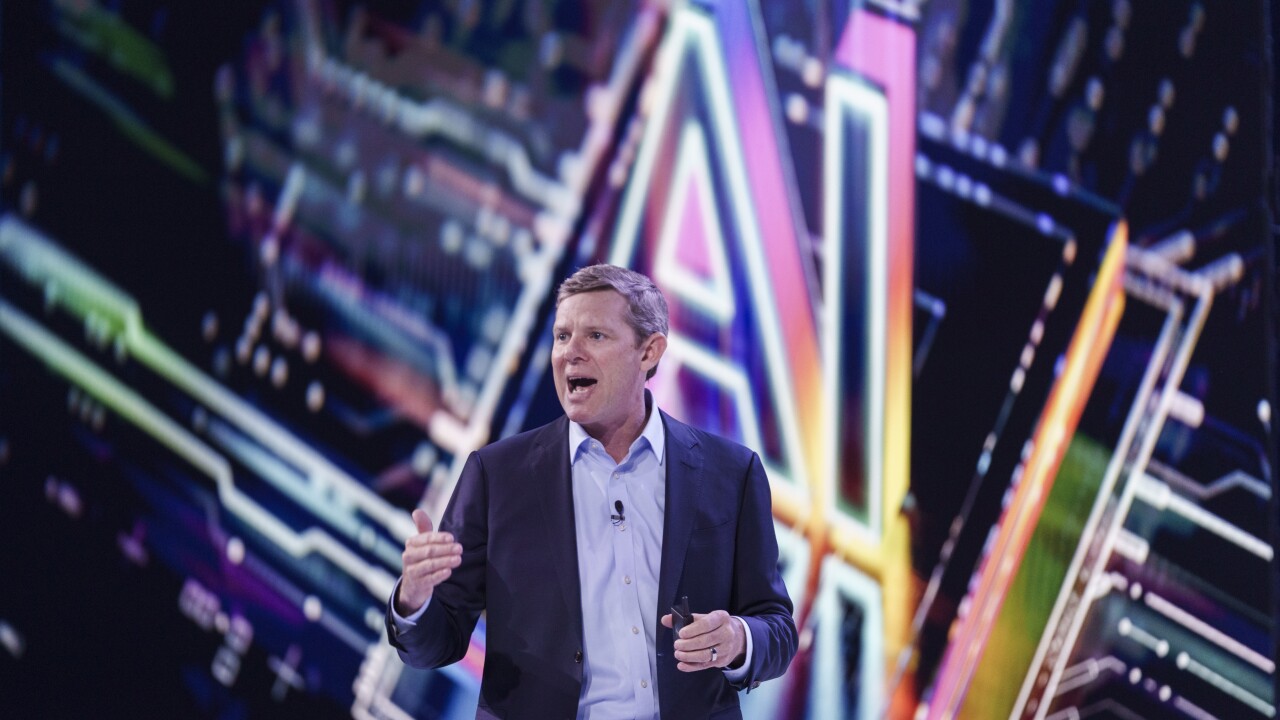Banks don't have to rob Peter to pay Paul when it comes to running multifaceted incentive-pay programs. Sometimes, Paul can earn his own way.
Take, for instance, an institution that brought in a Peter-Peter Djokovich, CEO of incentive-management program outsourcer Strategix Performance-to map out problems with bonuses paid to boost annuities and mutual funds. Investment-side workers at the institution chased the juicy carrot, and rolled a nice sum of revenues into the division and into their pockets. The only problem was that 80 percent of the funds were simply transferred money from closed CDs and money market accounts. "So the retail side had to triple their growth targets in order to make up for their lost portfolio," says Djokovich, who wouldn't name the bank. "A lot of incentive plans that get written by consultants or banks themselves are extraordinarily complex. In 40 percent of cases, banks don't fully understand their own plan...and they can end up competing with themselves."
Banks with aggressive sales cultures want to reward hard work and results, but run into problems by mostly compensating account generation. So more are adopting plans that encourage relationship-building and revenue-creation behaviors. A consequence of that decision is that many lack in-house capabilities to manage robust, company-wide incentive packages.
The task of measuring new-business, cross-sell and customer-satisfaction metrics can have hair-pulling complexity-and wastes resources. "Most institutions that have tried to do this on their own with spreadsheets have full-time people dedicated to creating reports and cutting checks," says Kathleen Khirallah, retail- banking research director at TowerGroup. "That eats up a lot of manpower." She says banks are beginning to value enterprise incentive-management products. The market for packaged products that can dynamically manage incentives or easily construct a commission-based program is projected to grow 13 percent over the next several years, she says.
While most larger institutions have off-the-shelf software to handle staff incentive pay among diverse networks of branches and product divisions, far fewer mid-tiers have implemented them (61 percent) and almost no small institution has. Only one percent of institutions with under $5 billion in assets has outsourced EIM, Khirallah notes. "If you have aggressive growth targets...you have to look at incentive compensation as a key lever, and something that deserves its own system," says Greg Wynne, director of product and industry marketing for EIM vendor Callidus Software.
Banks that try to manage their own incentive programs struggle with different data streams. Djokovich says his average client has 19 data sources among deposit, lending, referral and investment systems.
Strategix and Resource One have long dominated the financial services field since launching products in the early 1980s. Each has about 50 banking clients, compared to a dozen or fewer each for most others, according to TowerGroup. Over the past decade, vendors such as Callidus, Centive and GlobeNet Technologies have adapted incentive-management programs for banks from other retail verticals. Oracle and Siebel Systems are players that provide EIM with sales management and CRM products. PeopleSoft offers products built through human resource platforms.
Banks that outsource the operations can recover their investment based on payment-error rates typically discovered. Wachovia hired Callidus to halt a five percent error rate in overpayments on incentives, according to Gwynne. Tom McCabe, a consultant for New York's Independent Community Bank, has seen fast results from a Strategix-based EIM integration. Interbranch referrals "very quickly jumped into the thousands each month," and average 90-day balances on new accounts ballooned 50 percent, he says. Branch managers are also better to ascertain the top performers. "If I had three [reps] sitting in a branch, and even if only one was a true performer, everyone got the same amount," McCabe says. "[Managers] had no way of determining, even if they knew in their gut, who was performing and who wasn't."





